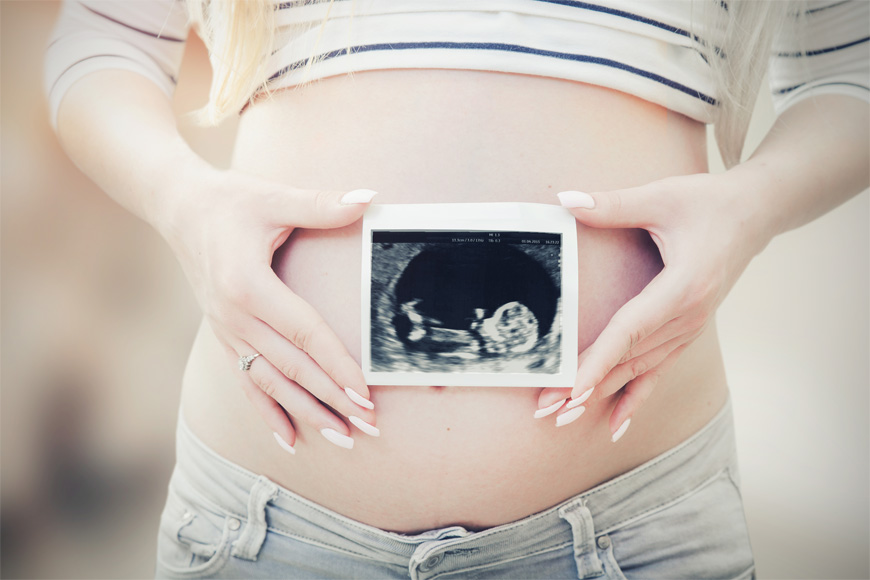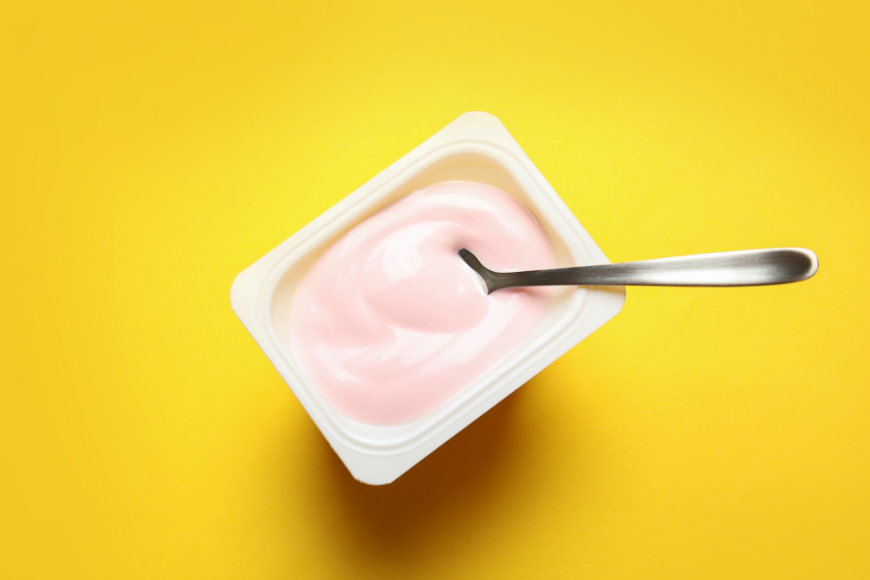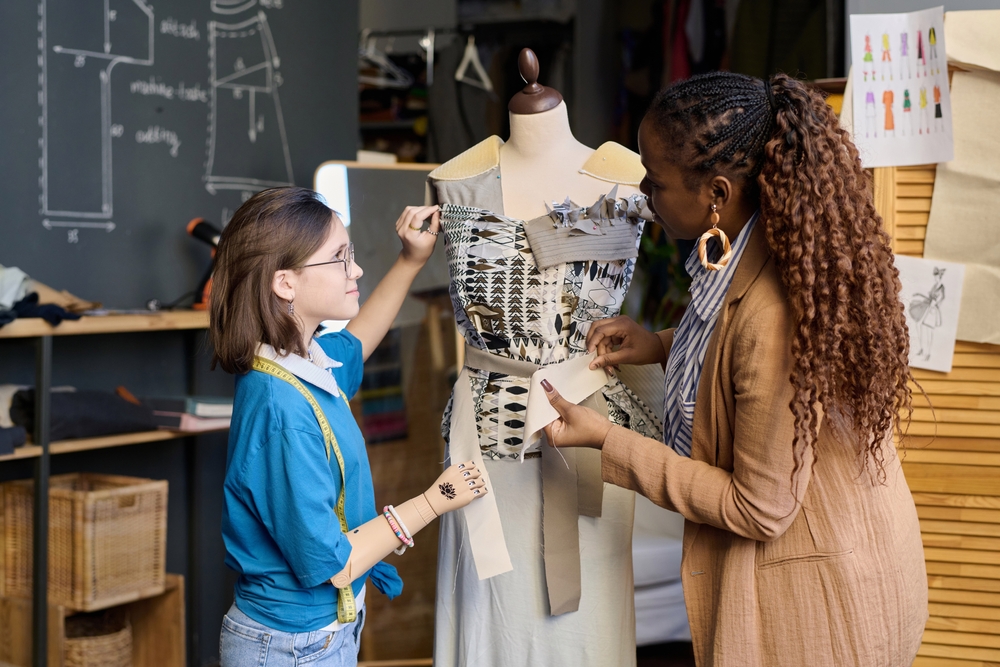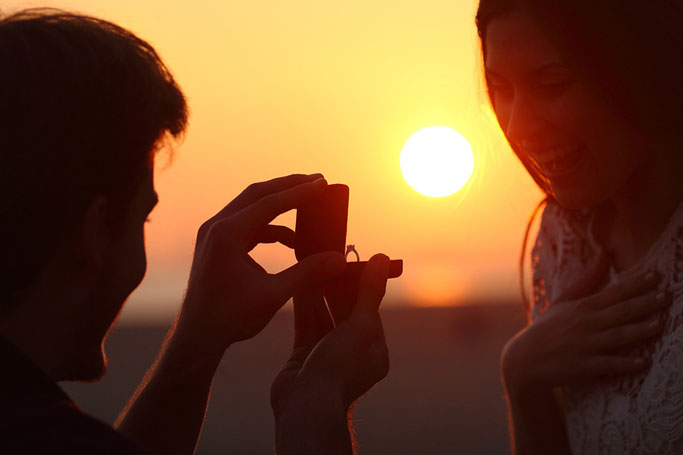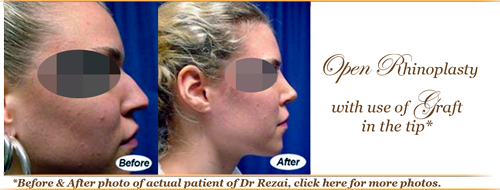When considering Rhinoplasty surgery, or any other surgery or procedure for that matter, a thorough consultation is necessary.
27 June 2017
| Last updated on 4 June 2018
When considering Rhinoplasty surgery, or any other surgery or procedure for that matter, a thorough consultation is necessary, you should be able to discuss your concerns and goals with wanting surgery, and also be fully assessed and be informed of your options, the implications and limitations of surgery and whether or not you are a suitable candidate.
Although nothing can take the place of a one to one consultation with an experienced Surgeon, Dr. Allen Rezai a leading Consultant Plastic and Reconstructive Surgeon of Harley Street, London, and leader of Elite Plastic & Cosmetic Surgery Group in Dubai Healthcare City, shared with us some of the questions he feels are necessary to know the answer to when considering rhinoplasty.
Q: What is a rhinoplasty?
A: Rhinoplasty is reshaping of the nose through surgery and thereby achieving better harmony and facial balance. Rhinoplasty is more than just one type of operation; it consists of several techniques which can be employed to reshape various proportional properties of the nose. Each technique has its advantages and disadvantages and these, along with the wishes of the patient, determine the surgical approach. I believe that subtle changes in anatomy of the nose often make profound differences in appearance, making rhinoplasty one of the most challenging yet elegant procedures in plastic surgery.

Q: What changes can be made to the nose with rhinoplasty?
A: Every nose is different and requires a bespoke surgical plan. However, with rhinoplasty in general, alterations can be made to: the size of the nose, making it bigger or smaller; the shape of the nose, most commonly the tip or bridge; reduce the size of the nostrils and width of the nose through a technique called alar resection; straighten a crooked nose, caused by a deviated septum or fracture, with a procedure called a septoplasty, or to change the angle between the nose and upper lip.
I strongly believe in creating natural results and rhinoplasty is one of those procedures that minimal changes can achieve significant differences in the appearance. The most important part is the time spent during pre-op consultations, discussing your individual needs and taking the time to get to know you and your goals.
Furthermore, I must emphasise that every nose is different and requires a tailored treatment plan when deciding on appropriate techniques to be used. Also, there are limitations as to what can and cannot be done, major radical changes are difficult to achieve safely without complications and compromising the functionality of the nose, beware of the surgeon that suggests otherwise.
You might also be interested in...
- Breast Augmentation Q & A with Dr Allen Rezai
- Tuberous Breast Correction – Q&A with Dr Allen Rezai
- 5 Things to Know Before Getting Breast Implants
- How to Prepare for Laser Hair Removal
- Expat Woman Review of The Perfect Peel
- PRP Therapy – The Preferred Treatment
- 5 things You Should Know About Breast Implants
- IV Vitamin Therapy at Elite Plastic & Cosmetic Surgery Group
- Which Type of Peel is Right for You?
- The Top 6 Facial Rejuvenation Trend Predictions of 2017
- Breast Reconstruction – The Options
- Tummy Tuck Surgery
- Cosmetic Procedures of the Face – What Story Does Your Face Tell?
- Advanced Liposuction Fat Removal Surgery
- A Bespoke Approach to Eye Rejuvenation
- Treatment Options for Double Chin
- MesoNatural - Dermapen Micro-needling with PRP - EW Review
- Facelift Surgery, Is It Right For You?
Q: What is the difference between Closed and Open Rhinoplasty?
A: Both open and closed techniques aim to refine the shape of the nose or alter it in order to achieve facial balance, however the limited visualisation of the nose structure in closed rhinoplasty, limits the alterations that can be made to the nose. I normally employ the closed approach when the main concern is the dorsal hump or when only minor refinement is required on the nasal tip. I prefer to use the open approach when the focus is on the nasal tip or for more complex cases where grafts are used to build up the structure of the nose, and also when a septoplasty is necessary to straighten a deviated septum. The open approach makes it much easier to see and work on the nasal structures in their natural positions.
When it comes to the incisions in closed and open rhinoplasty, the main difference is that in addition to the internal hidden incisions in closed rhinoplasty, a small v-shaped incision is made at the base of the nose, the columella, during the open approach. While this places a small scar on the exterior of the nose, if you do not have problems with scarring and with proper technique, this incision and resulting scar heals very well into a faint line and becomes unnoticeable once healed.
The photos below show the location of the columella incision in open rhinoplasty. Two identical photos were taken, Left is before and right is 9 months after. Although the healing process is still not complete yet, it's quite hard to find the scar.

Q: Who decides which approach is best for me?
A: Ultimately it is your decision, but you should make sure you understand all the implications involved with each option, including recovery, limitations when it comes to outcome and possible risks and complications. While many may have their preference for closed or open approach, your surgeon should explain what can or cannot be achieved with either option and discuss the pros and cons with you. Based on thorough assessment of your nose and the goals established by you and your surgeon during your consultation, he or she may recommend the technique that would provide you with the best possible outcome. Although, some surgeons exclusively perform one technique out of the two, I strongly believe that patients should be made aware of both closed and open approach and the decision should be made based on the specific needs and desires of individual patient. I try to employ the closed technique whenever possible; however in more complex cases such as reconstructive rhinoplasty, or when extensive work is required on the nasal tip, I prefer the open approach.

Q: Who are the best candidates for rhinoplasty?
A: Rhinoplasty is frequently performed for people who either have difficulty with nasal breathing, have suffered an injury to their nose, or simply wish to improve the shape of their nose for cosmetic reasons and to achieve facial balance and harmony.
Rhinoplasty can enhance your appearance and self-esteem. But prior to having any surgery, think carefully about your expectations - they must be realistic. The goal of rhinoplasty is an improvement, not perfection, in the way you look. The ideal candidate is someone who is physically healthy, psychologically stable, and realistic in his / her expectations.
Q: What can I do to get the most out of my consultation?
A: The most important thing is to consider exactly what it is you want to change or what you are trying to achieve from your surgery. The nose is a very prominent feature of the face, and many patients who come and see me have been self-conscious about theirs for many years. You should have realistic expectations and look at your face as a whole, when deciding on the changes you want made.
I normally see my patients twice before surgery. During the initial consultation, in addition to discussing your concerns and wishes, we also go through your medical history, including any past nasal injuries or surgeries that you may have had. Then I preform an internal and external examination of your nose, evaluate the structure of your nose and face, assess any breathing problems and discuss the various surgical options with you, including potential risks and limitations. I also take into account your nasal structure (bone and cartilage), the quality of your skin, the shape of your face, projection of your chin and your age when suggesting a surgical option, as these factors will influence the procedure and outcome of surgery.
My advice to you is to be honest in discussing your expectations with your surgeon, do not hold back and ask as many questions necessary until you are satisfied that you fully understand all the implications, including limitations, involved with surgery and the options being offered to you.
.jpg)
Q: Who should I see for a rhinoplasty?
A: Rhinoplasty can be performed by Plastic surgeons, ENT surgeons and Maxillofacial surgeons. It is to choose a surgeon with experience of rhinoplasty. I advise my patients to see more than one surgeon before deciding how to proceed. As there are many ways the same result can be achieved and you may find one surgeon’s method suits your lifestyle more than another.
Another aspect to consider is finding a surgeon who you feel comfortable and at ease with. The doctor-patient relationship and open communication is important as you will be seeing each other quite a few times before and after surgery and you will need to feel assured and confidence in the advice you receive.

Q: What is the recovery like after rhinoplasty and when can I expect to see results?
A: Recovery after rhinoplasty varies between individuals but generally it is a painless surgery, patients can expect 5-7 days of initial recovery where bruising and swelling may be more noticeable. The nose will also feel congested during the first few days but will gradually improve. The splint comes off between 7-12 days, depending on the extent of surgery and the technique used. Most patients return to work once the splint is removed. Exercise and strenuous activity can be resumed within 4-6 weeks after surgery.
You might also be interested in...
- Facelift Surgery, Is It Right For You?
- Breast Surgery – What Are The Options?
- Which type of Chemical Peel is right for you?
- The choice of Breast Reconstruction and FAQ with Dr Allen Rezai
- Tummy Tuck Surgery
- Breast Uplift Surgery
- Breast Reduction Surgery
- Is Cosmetic Surgery For You?
- Skin Anti-Ageing
Recovery following a closed rhinoplasty is typically faster than after open rhinoplasty. Nevertheless, in the majority of cases it takes 6 to 12 months for the swelling of soft tissue to completely subside and sometimes even up to 18 months in the tip area. It is also necessary to be prepared for the fact that redness and some skin discolouration may persist until the healing process is complete. Many times taping the nose (mainly at night) will help with keeping the swelling down and preventing internal scar tissue build up. However, it is important to tape your nose correctly as otherwise you may alter the shape, especially during the first few weeks. Post-operative follow-up appointment after a rhinoplasty are very important in evaluating the healing process, so make sure to keep your appointments at the interval recommended by your surgeon. Although the shape of the nose can be seen immediately after the splint is removed, the final result should be expected between 12-18 months after surgery once all swelling has completely resolved.
For more information about Rhinoplasty surgery, or other types of facial surgery offered at Elite Plastic & Cosmetic Surgery Group or to book a Consultation with Dr Allen Rezai please call +971 4 431 2396.






























































.png?itok=o7XUYJI4)






























